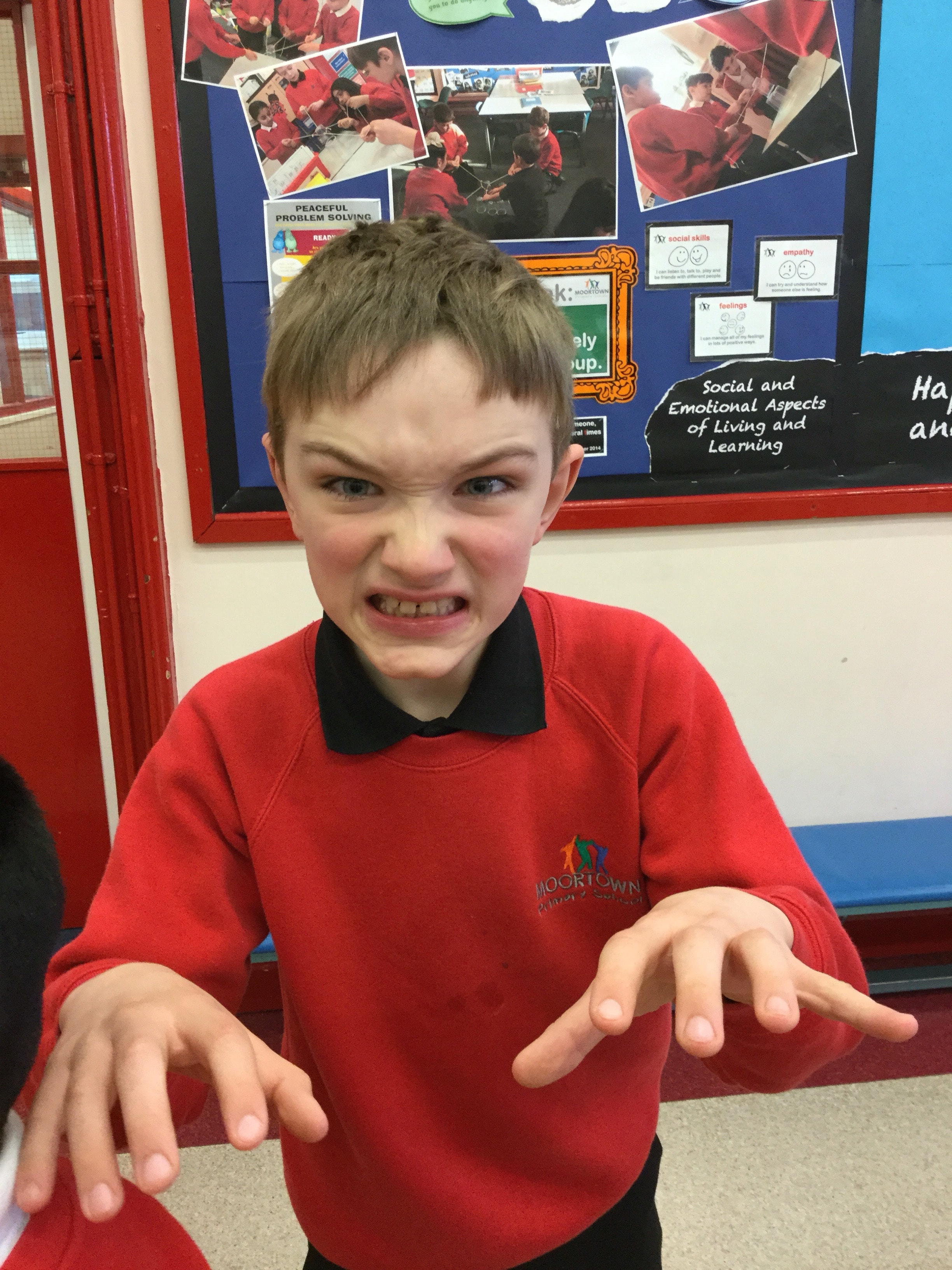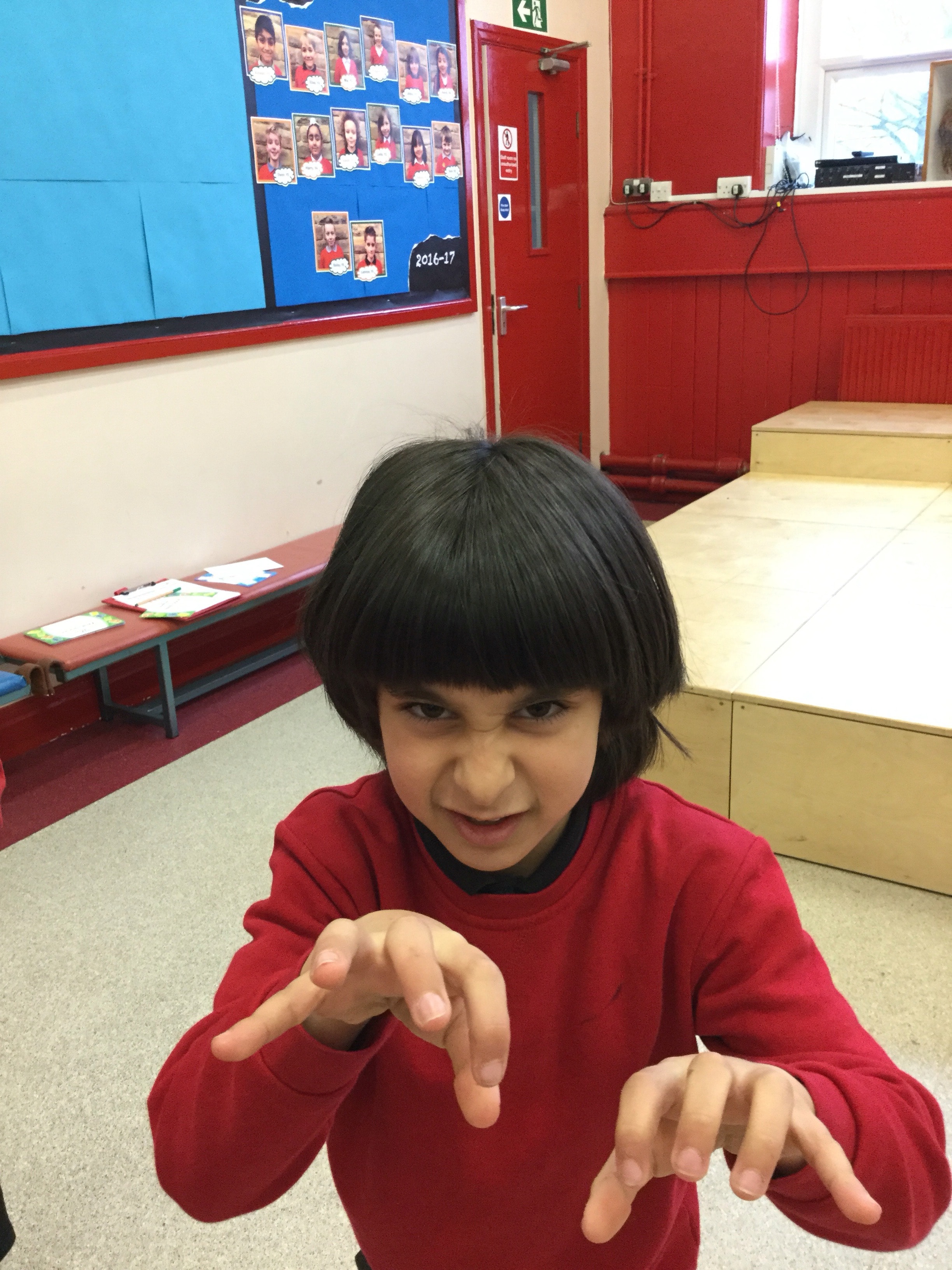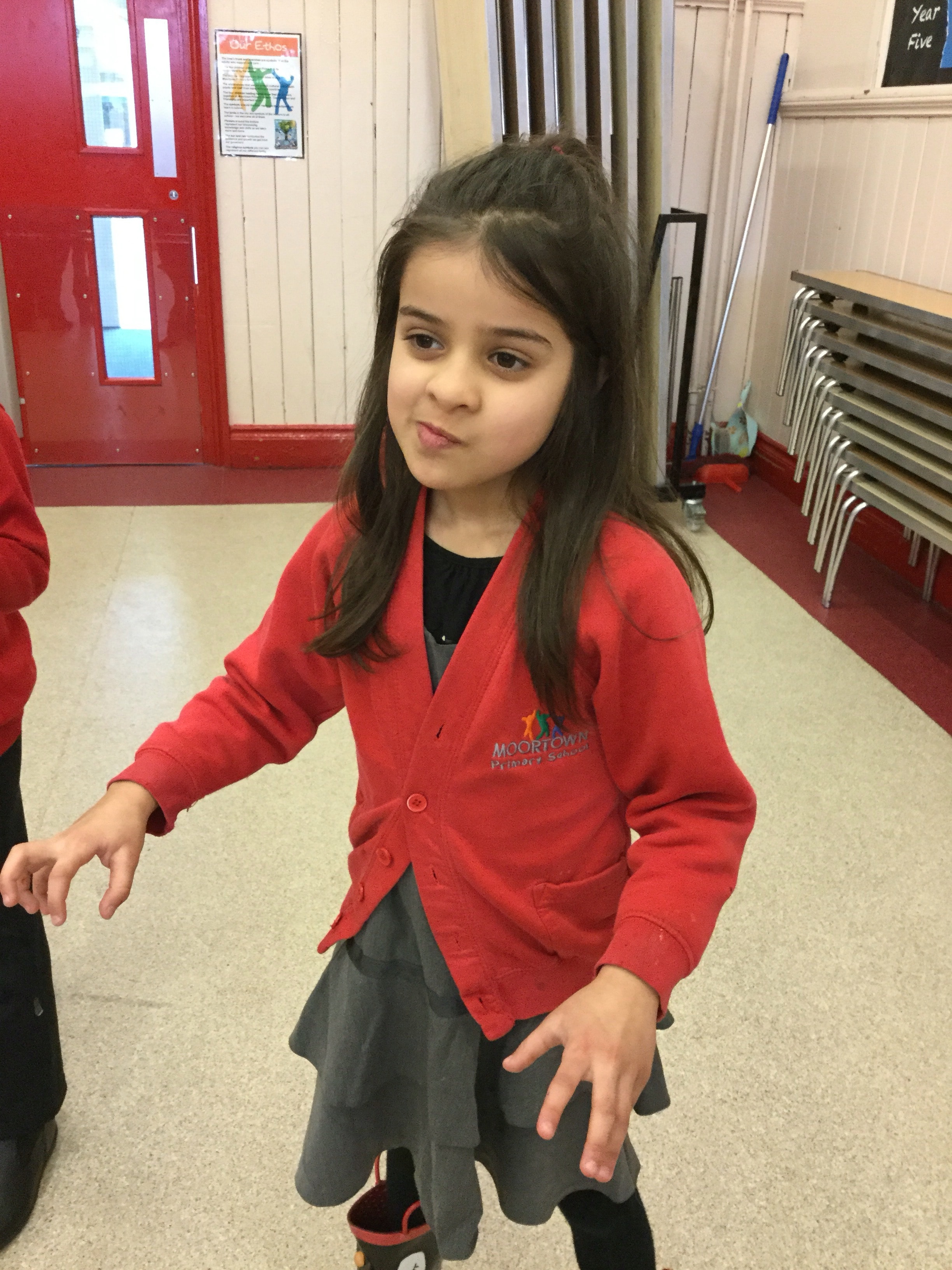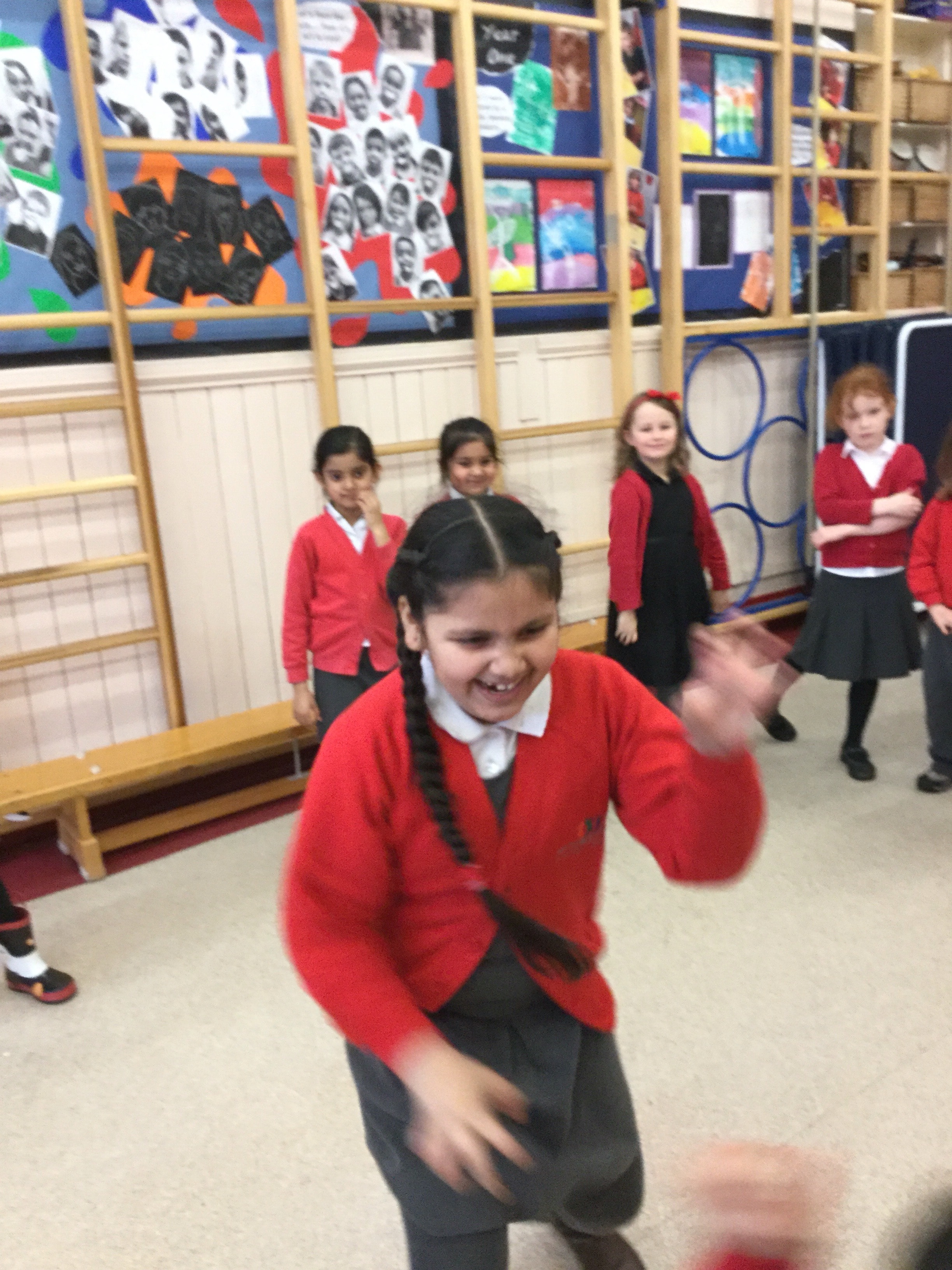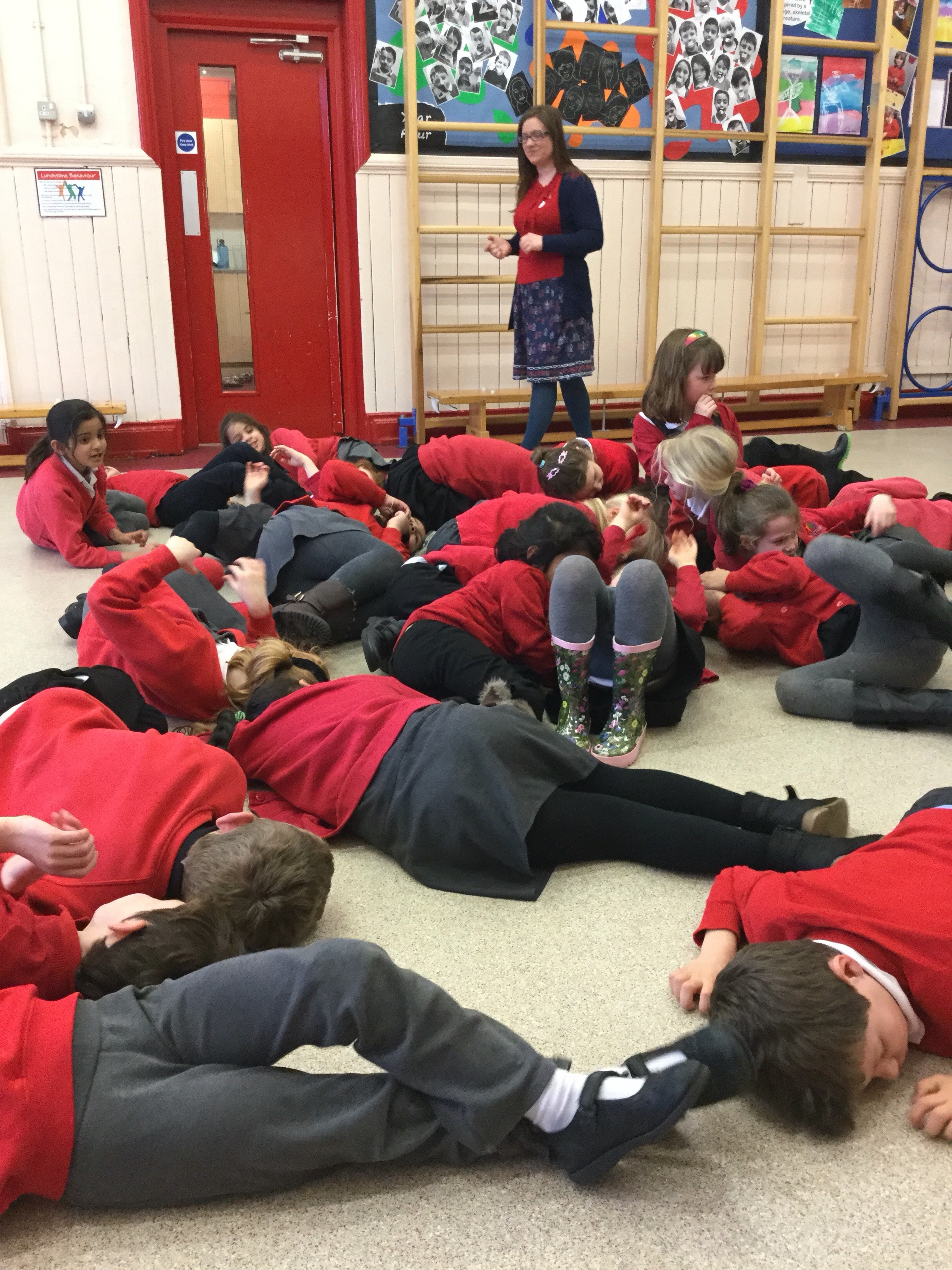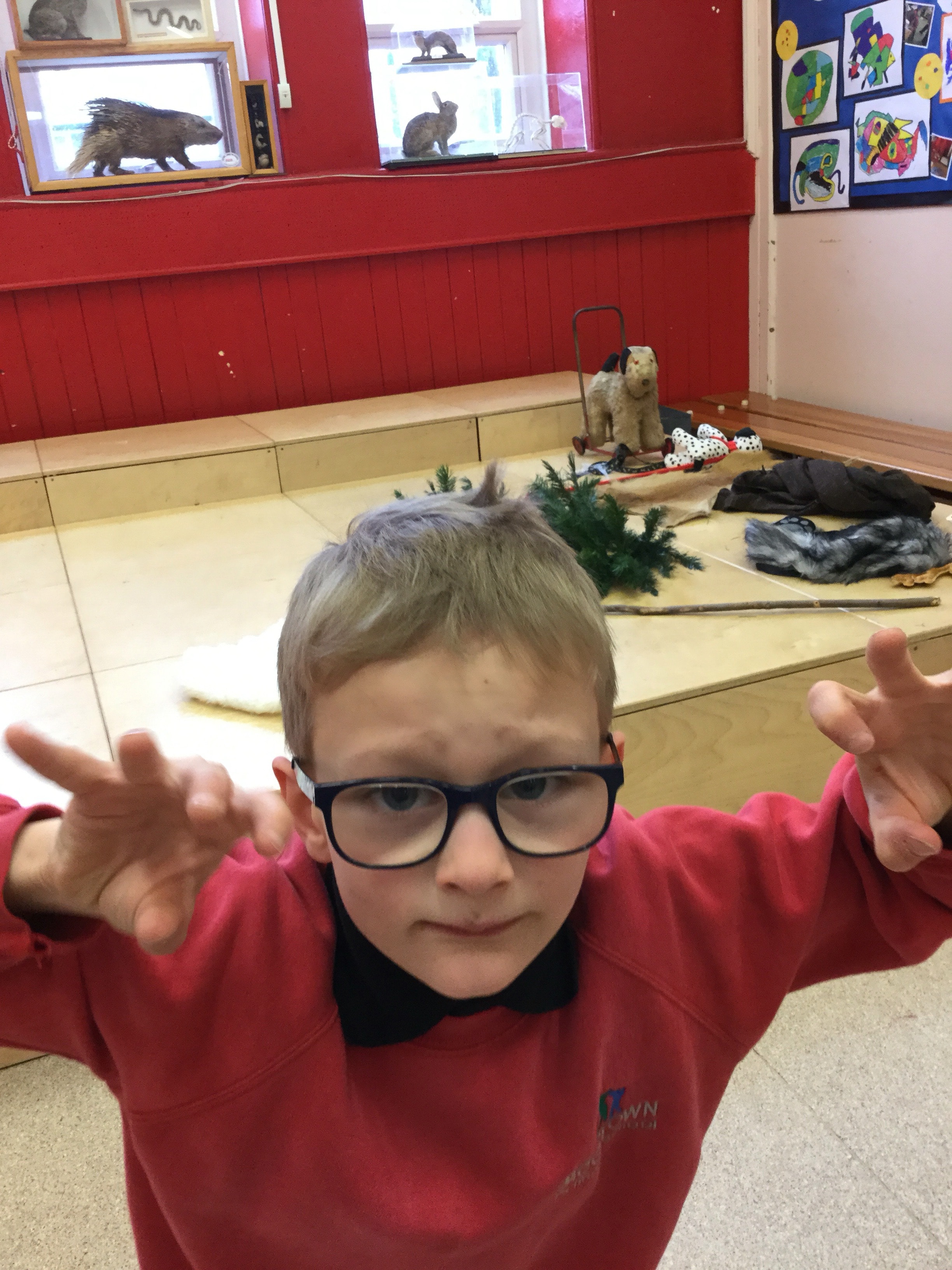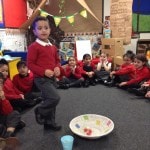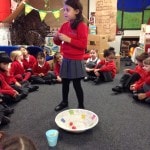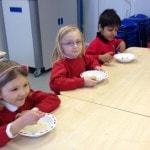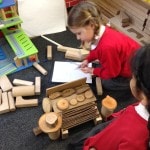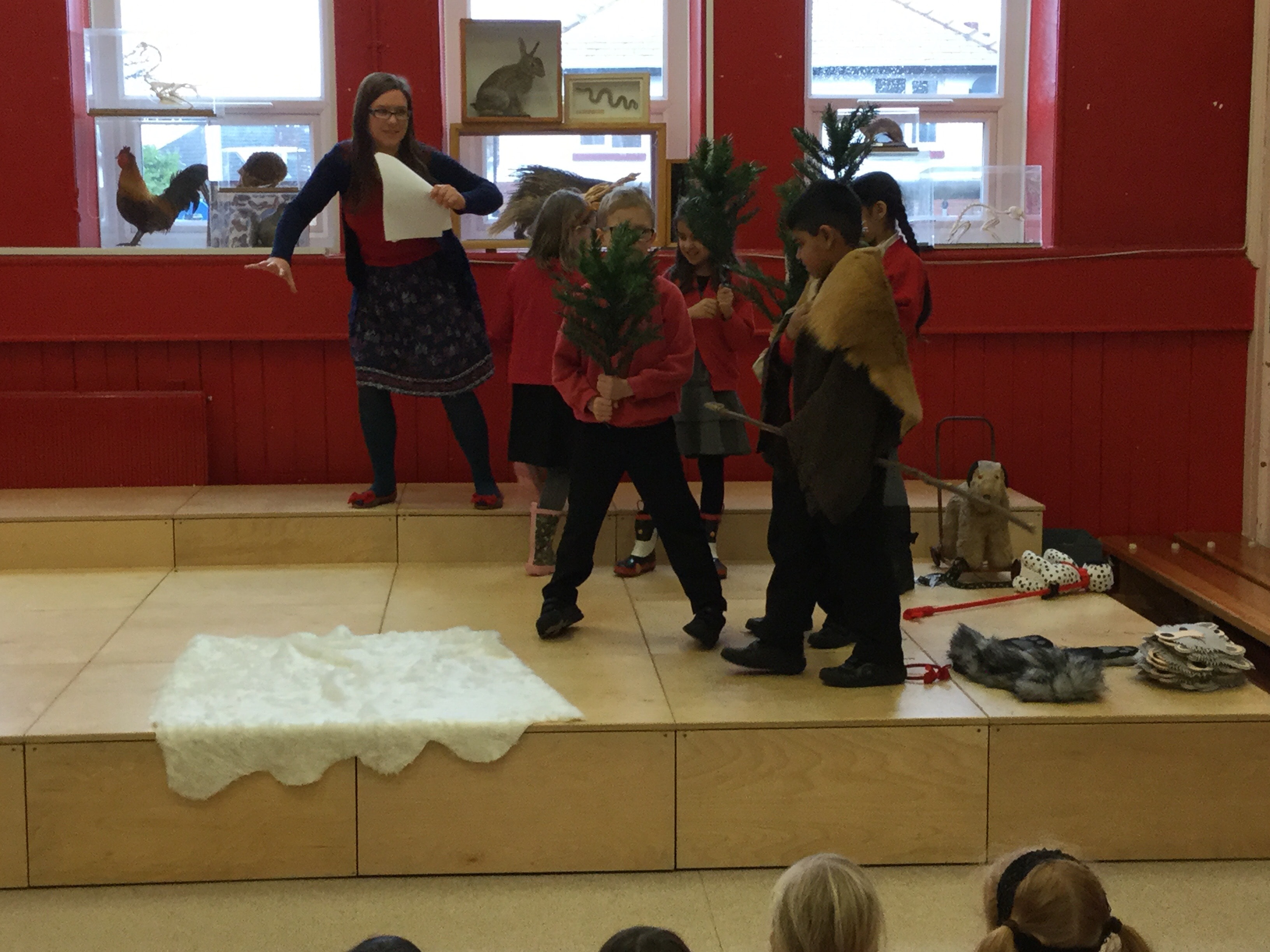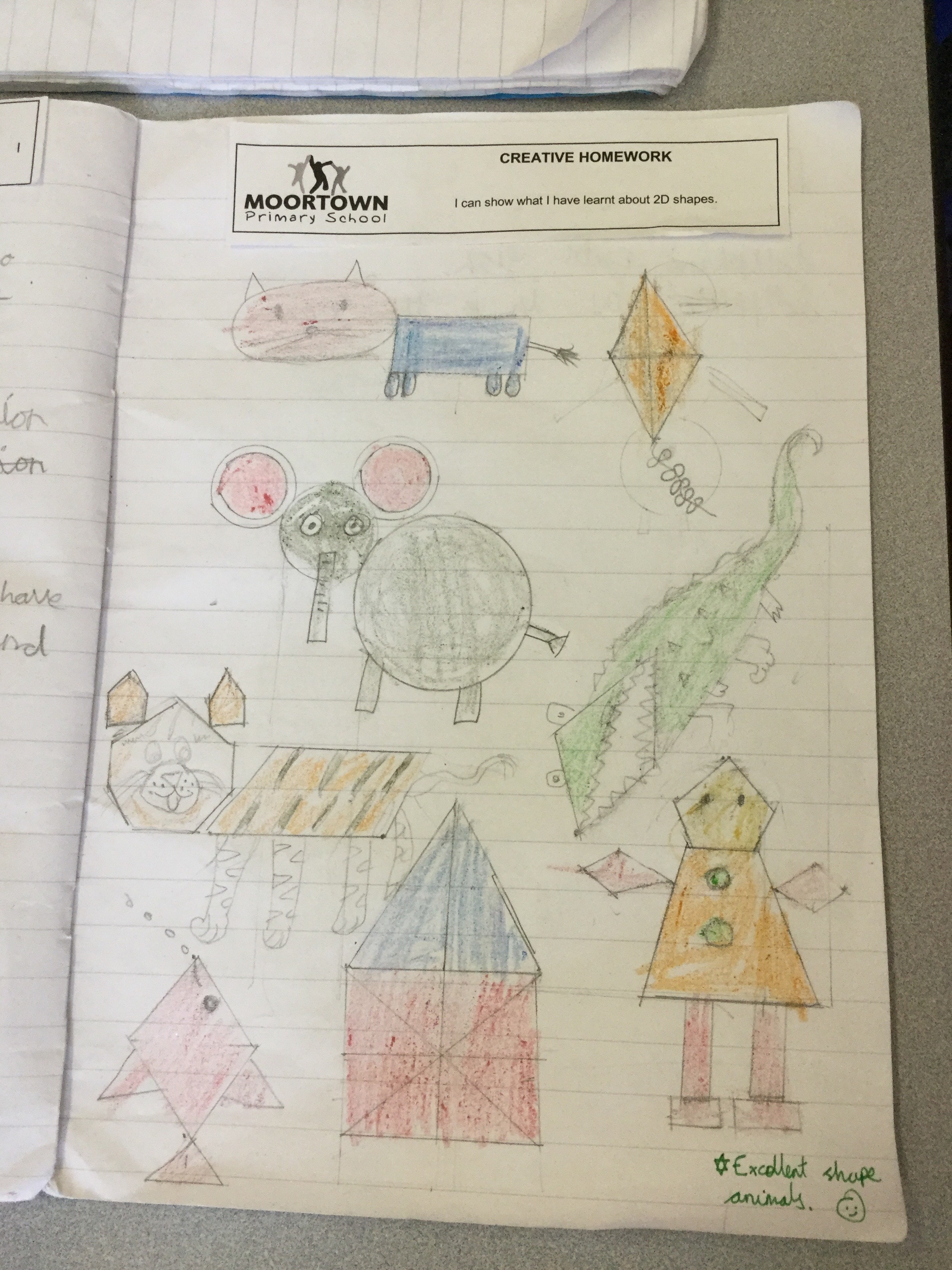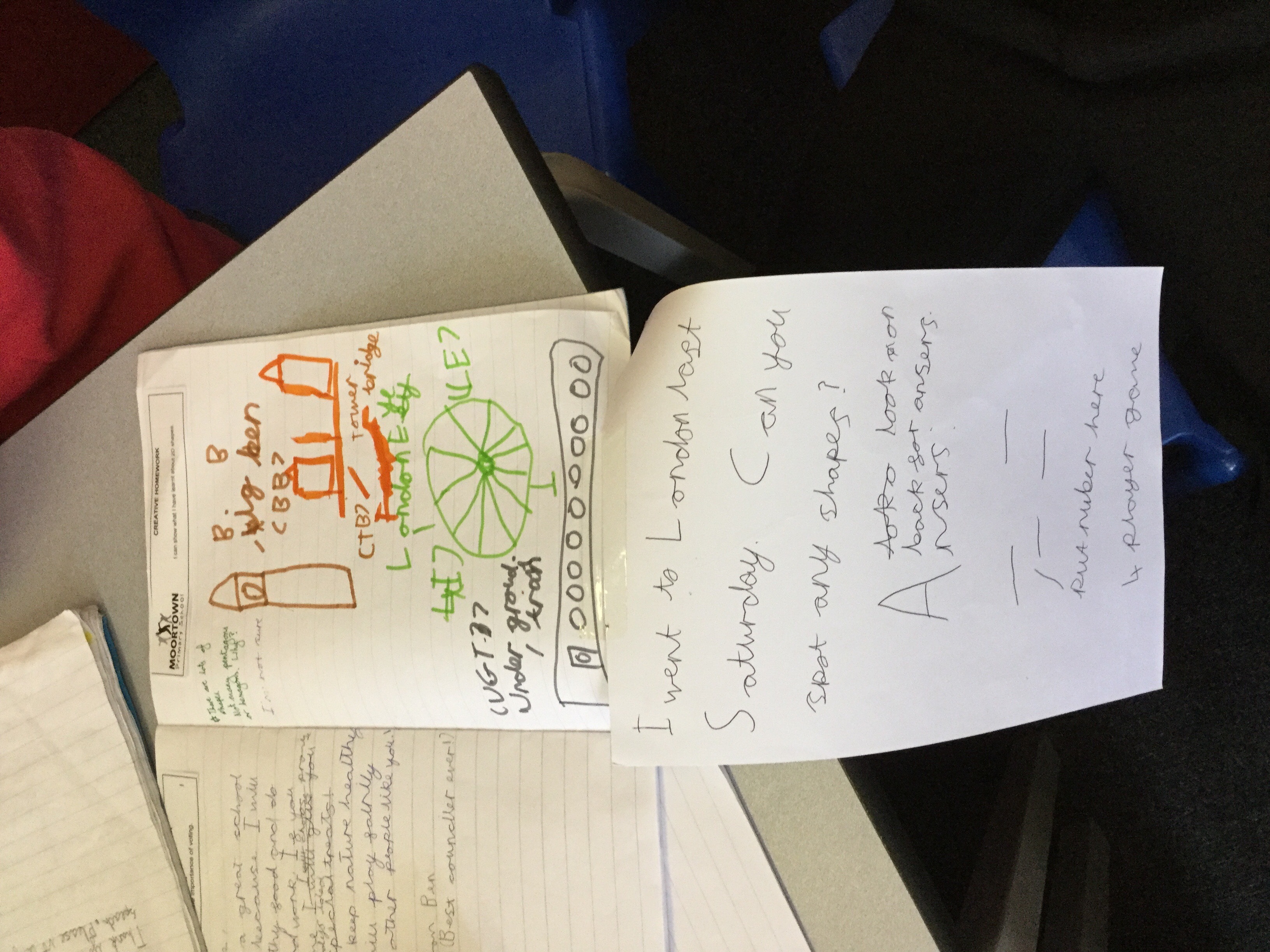Computing with ‘Lego WeDo’
This half term, as part of our computing curriculum, we have been using a resource called ‘Lego WeDo’. We have built models of animals from Lego blocks and then programmed them to perform actions using the accompanying computer software.



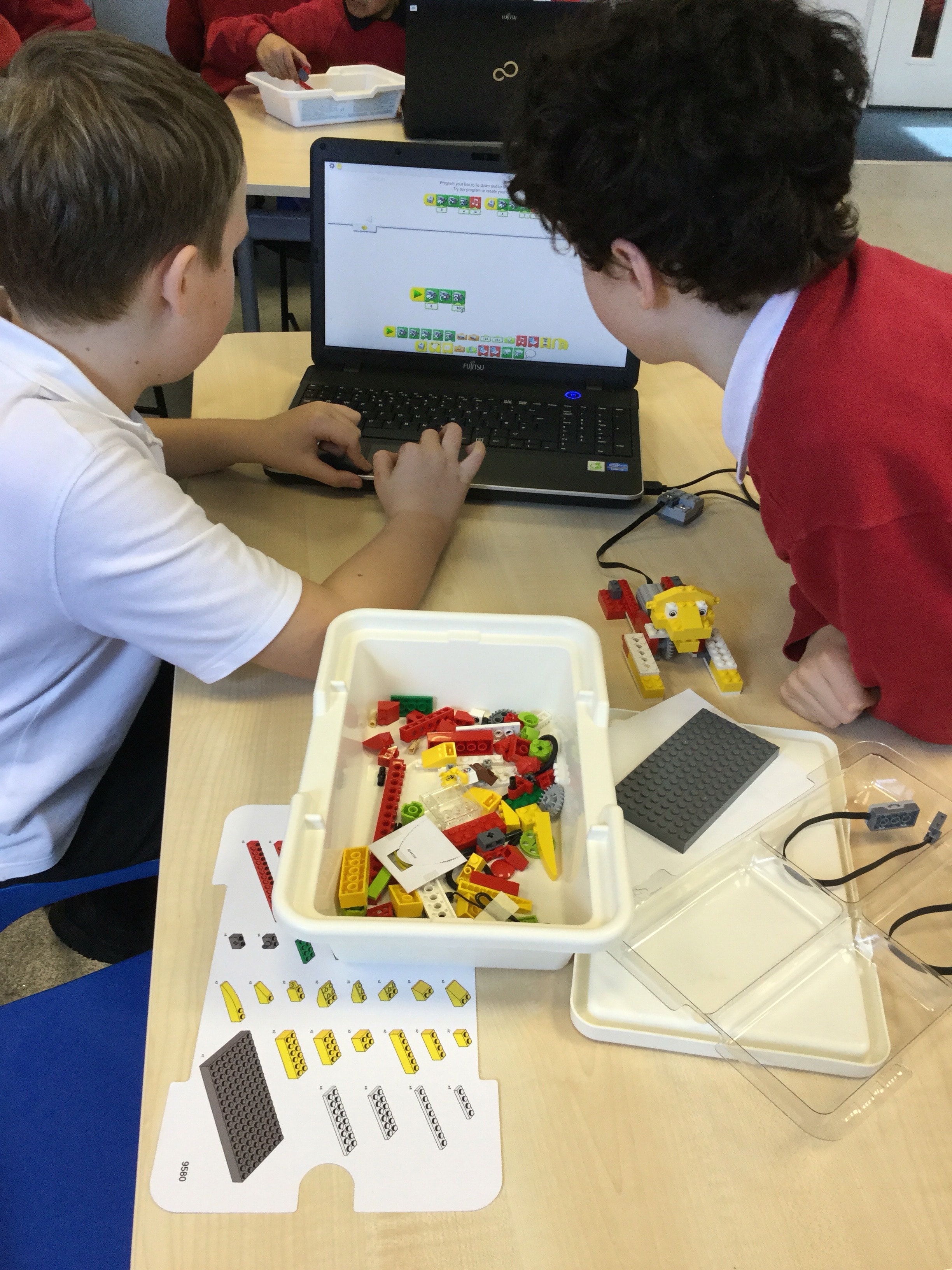
So far, we have focused, and will continue to focus, on using and applying computational thinking concepts.
You can help at home by:
- Discussing your child’s learning with them;
- Talking about how computational thinking concepts effect our everyday lives;
- Encouraging them to think about how they may use some of these concepts without realising.
If, like me, much of this is new to you, or, if you’d like to brush up your own computing knowledge, there are some great websites that can help. Although it’s aimed at teachers, Barefoot Computing offers lots of support with the new curriculum, its key concepts and a breakdown of technical language.
07 March – plant update
This weekend, new life has been brought into Year 3. Our plants have started to sprout!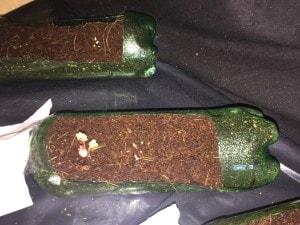
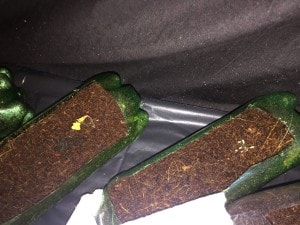
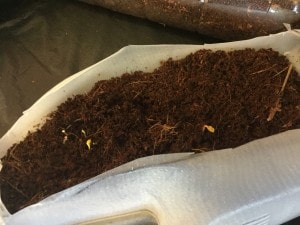
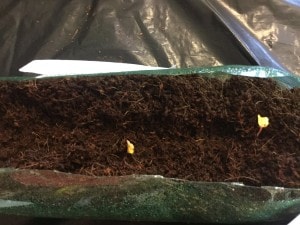
I can work with money
Last week’s Creative homework was based on Maths and the children really got their creative juices flowing to produce some great pieces of work.
Lots of our money homework is now on our Maths challenge table so the children can practise their skills through games, questions and challenges that have been set by each other.
World Book Week
Year 5 love books so we had a great time celebrating this last week. On Monday, we visited the Book Fair to see what great new books we could get for ourselves. There were some great choices for £1 which we could all go for with our free book voucher and those of use who had money to spend found some fantastic books.
Then, Thursday brought us World Book Day and a whole host of book characters strolled into the classroom. What a fantastic array of costumes that really got us in the mood for our book themed day.
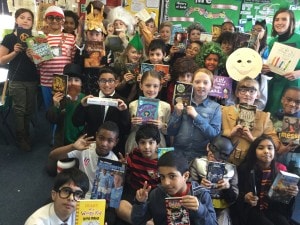
We dived into the story of ‘The Day the Crayons Quit’. We began by imagining what the crayons would say to Duncan before reading the story and writing our own letters back to the crayons.
HURRAY FOR BOOKS!

Working co-operatively
We compared working co-operatively with working alone in our SEAL session this week. The challenge was to pick up as many cubes as you could in 30 seconds. Why not ask your child which was more successful working alone or as a pair?
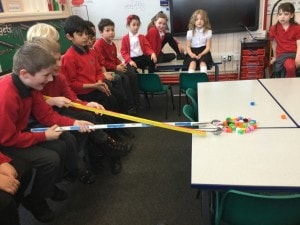
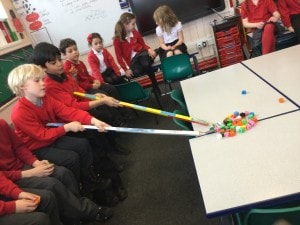
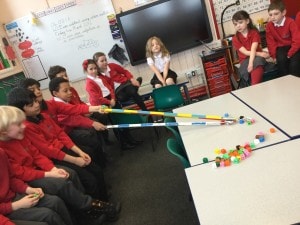
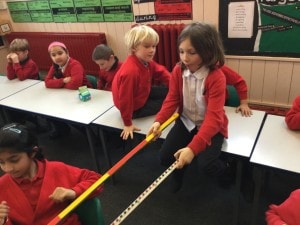
Writing in Reception
What is a sentence?
The children have been busy developing their concept of a sentence this term.
Explaining to young children what a sentence is can be difficult. Through reading, children quickly learn that a sentence starts with a capital letter and ends with a full stop. They are told that a sentence makes sense on its own and is complete; that it consists of an idea. How to recognise when they have written a sentence is more difficult.
How you can help at home:
- When reading with your child, point out the sentences and punctuation
- Encourage your child to think of the whole sentence(an idea) and say it aloud before they begin to write
- Get them into the habit of rereading and checking their writing
- Read a sentence aloud and ask your child to count the words
- Model speaking in sentences and give your child lots of opportunity to construct sentences orally
Storytelling!
This week the children have been retelling the story, ‘Goldilocks and the three bears’.
They made porridge and a new chair for baby bear.
Leeds Let’s Get Sugar Swapping!
Following the introduction of the Change4life Sugar Smart App, the Leeds Sugar Smart Challenge has been launched to ask families, schools and other organisations to share the amount of sugar they have saved by making sugar smart swaps. The Change4Life website has lots of information to help you to look for sugar on food labels if you are unable to access the app.
Leeds Sugar Smart Challenge features a city totalizer to record the number of sugar cubes saved, with prizes available at random to top swappers.





Doggy drama
We’ve had a great afternoon, practising our drama skills. We’ve used our class novel – The 100mph dog – as our stimulus to do lots of drama about dogs. We’ve become dogs, making friends and enemies. We’ve discovered the first dog. We’ve protected our wolf pack and fought challengers. We’ve told the story of how dog and man became friends. Finally, we created our own – fairly gruesome – story about dogs! 